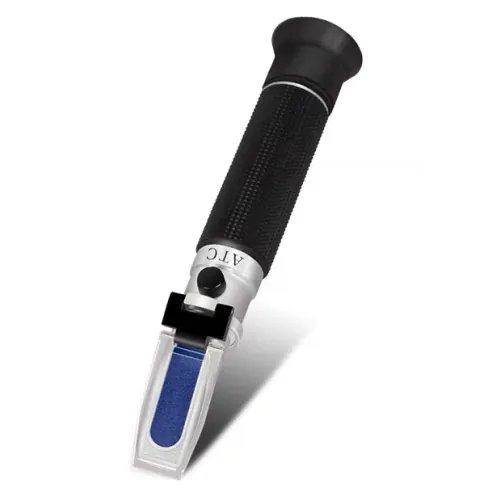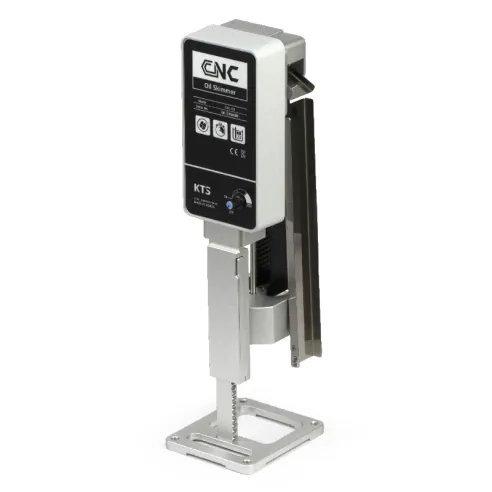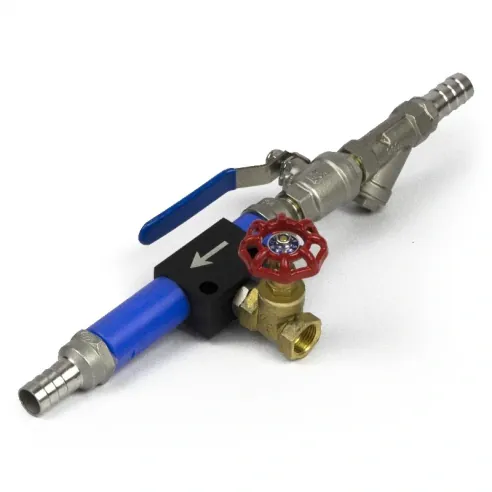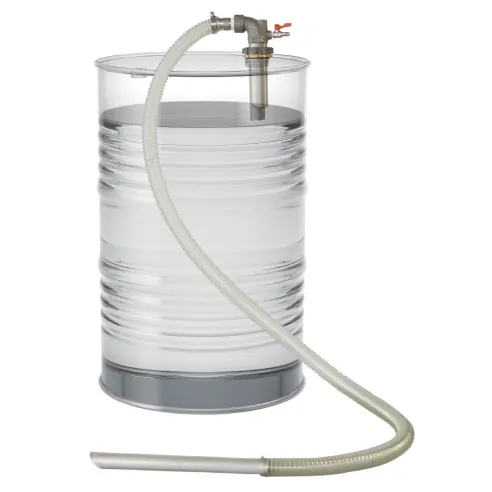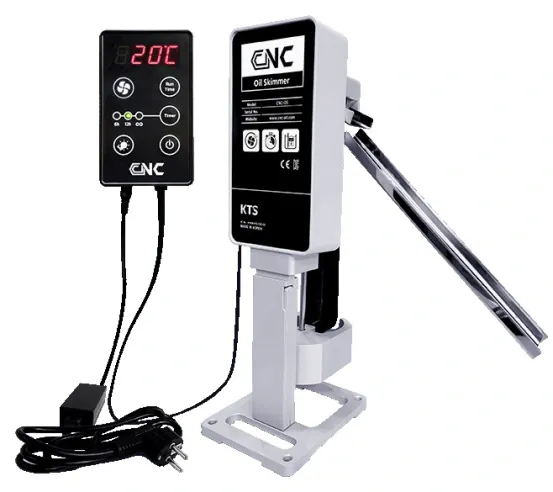
Tools of coolant - CNC tooling

- 3 427,90 CA$ Price w/o VAT3 497,86 CA$EOMC-75CIn StockEOMC-75CIn Stock
- 42,48 CA$ Price w/o VAT43,35 CA$
- 779,10 CA$ Price w/o VAT795,00 CA$S240In StockS240In Stock
- 576,06 CA$ Price w/o VAT587,82 CA$CS-30Running out of stockCS-30Running out of stock
- 1 095,61 CA$ Price w/o VAT1 117,97 CA$F450RRunning out of stockF450RRunning out of stock
- 4 482,46 CA$ Price w/o VAT4 573,94 CA$CFM100Running out of stockCFM100Running out of stock
- 816,24 CA$ Price w/o VAT832,90 CA$APDQ1-25-iMade to orderAPDQ1-25-iMade to order
- 876,49 CA$ Price w/o VAT894,38 CA$F330Made to orderF330Made to order
- 876,49 CA$ Price w/o VAT894,38 CA$S330Made to orderS330Made to order
- 900,84 CA$ Price w/o VAT919,22 CA$S240RMade to orderS240RMade to order
- 973,87 CA$ Price w/o VAT993,75 CA$F450Made to orderF450Made to order
- 998,22 CA$ Price w/o VAT1 018,59 CA$F330RMade to orderF330RMade to order
- 998,22 CA$ Price w/o VAT1 018,59 CA$S330RMade to orderS330RMade to order
In the dynamic realm of CNC machining, effective coolant management is a cornerstone for achieving peak machine performance and longevity. This guide delves into the advanced tools and practices essential for maintaining coolant purity and efficacy, ensuring optimal operational standards.
Introduction
In the leading world of CNC machining, maintaining the efficiency and longevity of machinery is paramount. A critical aspect of this maintenance involves managing the coolants that keep these machines operating smoothly. Coolants play a vital role in the machining process, but their effectiveness can be compromised by contaminants such as oils, metal chips, poor water quality, and others. This introduction explores the essential tools and solutions used to ensure the purity and performance of coolants:
- CNC oil skimmers
- coolant refractometers
- vacuum air pumps
- coolant mixers
Each tool serves a specific purpose in the cycle against contamination — mixers help to prepare the right emulsion, CNC oil skimmers remove tramp oils, refractometers measure coolant concentration and purity, and vacuum air pumps extract unwanted residues and help to empty the tank. Together, these tools form a comprehensive approach to coolant management, safeguarding the precision and efficiency of CNC machinery, incl. lathes and mills. This article delves into why these tools are indispensable in any machining workshop, highlighting their benefits, operational principles, and the overall impact on machine maintenance and longevity.
Why is it important to have an oil skimmer?
During CNC machine operation, various lubricants, including gearbox, hydraulic, pneumatic, and other specialized oils and greases, can contaminate the emulsion in the coolant tank. These oils, lacking emulsifiers, do not mix with water, leading to an oil layer floating on the coolant's surface. This environment fosters anaerobic bacteria growth, which thrives in the oxygen-deprived liquid beneath the oil film. These bacteria produce hydrogen sulfide, making their presence detectable by smell.
The issue is exacerbated when metal chips enter the mix, further accelerating bacterial growth. This problem is more prevalent in infrequently used machines. The contamination alters the coolant's composition, reducing its effectiveness in cooling the cutting area and necessitating a full system clean-up. It's crucial to address any source to mitigate this issue.
Preventative measures include regular inspection and timely replacement of machine lubricants and consumables. However, these methods aren't foolproof, and unexpected breakdowns can still occur. The most effective solution to prevent downtime and avoid additional expenses generated by full coolant contamination is the installation of a CNC oil skimmer. This device, often referred to as a coolant oil skimmer when designed specifically for this application, removes oil particles from the emulsion surface on the coolant tank, ensuring the fluid remains effective. Easily installed on the tank, a skimmer is an essential tool for maintaining CNC machine performance and longevity.
Advantages of Using a Coolant Oil Skimmer
Using a CNC oil skimmer in a workshop offers significant benefits. It not only reduces smoke from cutting tools contacting oil-laden coolant but also prevents odors caused by anaerobic bacteria. This improves air quality and machine efficiency. Contrary to belief, metalworking fluids don't cause dermatitis directly; however, the presence of phosphates and carbonates raising coolant's alkalinity could. Oil separation from coolant reduces disposal costs, as oil-laden coolant is more expensive to dispose of than oil alone. Additionally, clean coolant lasts longer, cutting down on maintenance and replacement expenses.
There are 3 main types among available oil skimmers:
- belt type
- disk type
- tube type
Each serves specific needs. Selection depends on factors like water level fluctuations, temperature, pH, and oil volume. Rust inhibitors and temperature affect skimmer performance, with manufacturers choosing materials like plastic or stainless steel based on application needs.
Quality matters in oil skimmer selection, including materials, motor design, and warranty. Oil skimmers for CNC machines suit spaces where vertical access is limited, disk skimmers offer cost-effectiveness with higher pickup rates, and belt skimmers excel in efficiency and adaptability to coolant level changes.
Choosing the right skimmer enhances coolant system cleanliness and workshop operations, balancing costs with environmental responsibility.
What is a CNC Coolant Refractometer?
To efficiently monitor cutting fluid parameters, a coolant refractometer is used, measuring light's refractive index to assess fluid concentration and contamination. It operates on the principle that light bends when passing between substances, calculating the refractive index from the angles of incidence and refraction, with denser substances having higher indices.
Manual refractometers, particularly the 0-20% Brix models, are user-friendly, requiring only a few drops of emulsion for precise analysis. They feature automatic temperature compensation (10-30°C) to ensure accurate readings without manual adjustment and are compact, fitting easily in restricted spaces.
The device's design includes a double daylight plate for quick readings and a hidden calibration screw to prevent unintended adjustments. The refractive index is determined by the light-shadow boundary on the scale, with a blurrier boundary indicating more contamination. Automatic Temperature Compensation (ATC) models are preferred for their ability to adjust for temperature changes automatically.
Accuracy depends on proper calibration with distilled water, taking readings 30 seconds after calibration at around 20°C, and maintaining the device by avoiding water ingress and cleaning the prism after each use.
Refractometers have evolved from their 18th-century origins to include portable and stationary types. Portable models offer convenience and digital displays for easy measurement reading, while stationary ones provide precision for industrial and laboratory use, enabling real-time monitoring of liquids and concentrations.
What is the purpose of a vacuum air pump (fluid extractor) for a CNC machine?
Vacuum air pumps, or fluid extractors, are essential for maintaining CNC coolant systems. They effectively remove unwanted residues like tramp oil and chips, and extract fluids from machines and containers. Designed for simplicity, these compact units attach to standard drums (e.g., 55 gallons) using a pneumatic connection. A key feature is the ability to switch between suction and pressure modes, allowing for easy filling or emptying of drums. Safety is enhanced with an overflow security feature that prevents spills during suction.
These pumps are versatile, capable of handling various fluids including machine cutting fluids, oils, sludges, and even paint booth wastes. For specific needs, like transferring flammable liquids or chemicals, specialized models are available, each designed to handle different types of fluids safely and efficiently.
The operation involves air being directed through a coupler, creating negative pressure that sucks fluids into the tank. A float ball mechanism prevents overflow, ensuring a clean and efficient process. Constructed from durable materials and designed with efficiency in mind, these fluid extractors are indispensable in industrial settings for their ability to manage and transfer fluids safely, maintaining the cleanliness and functionality of your CNC center.
This brief overview highlights their importance in industrial maintenance, providing a solution that is both effective and safety-conscious for fluid management in CNC operations.

